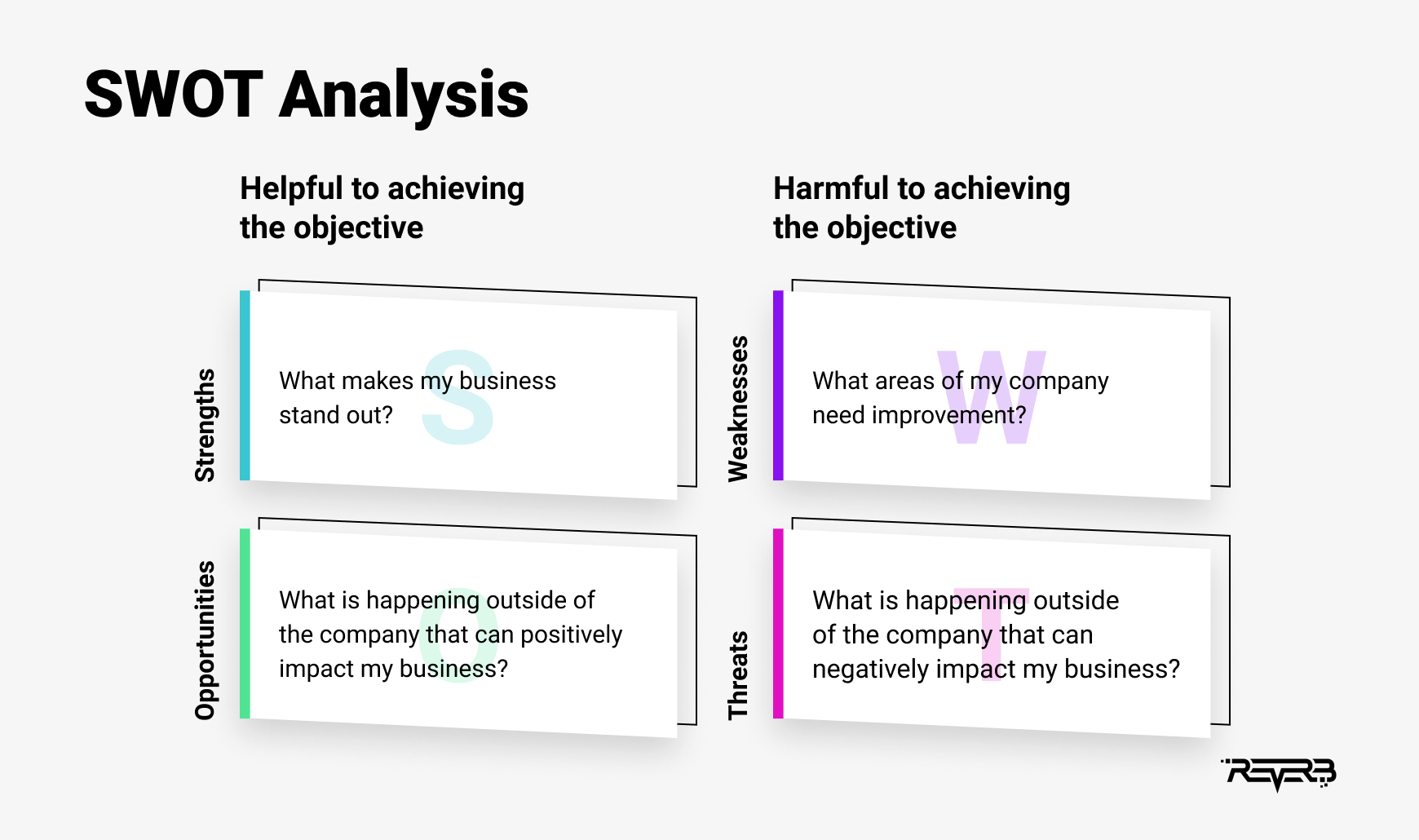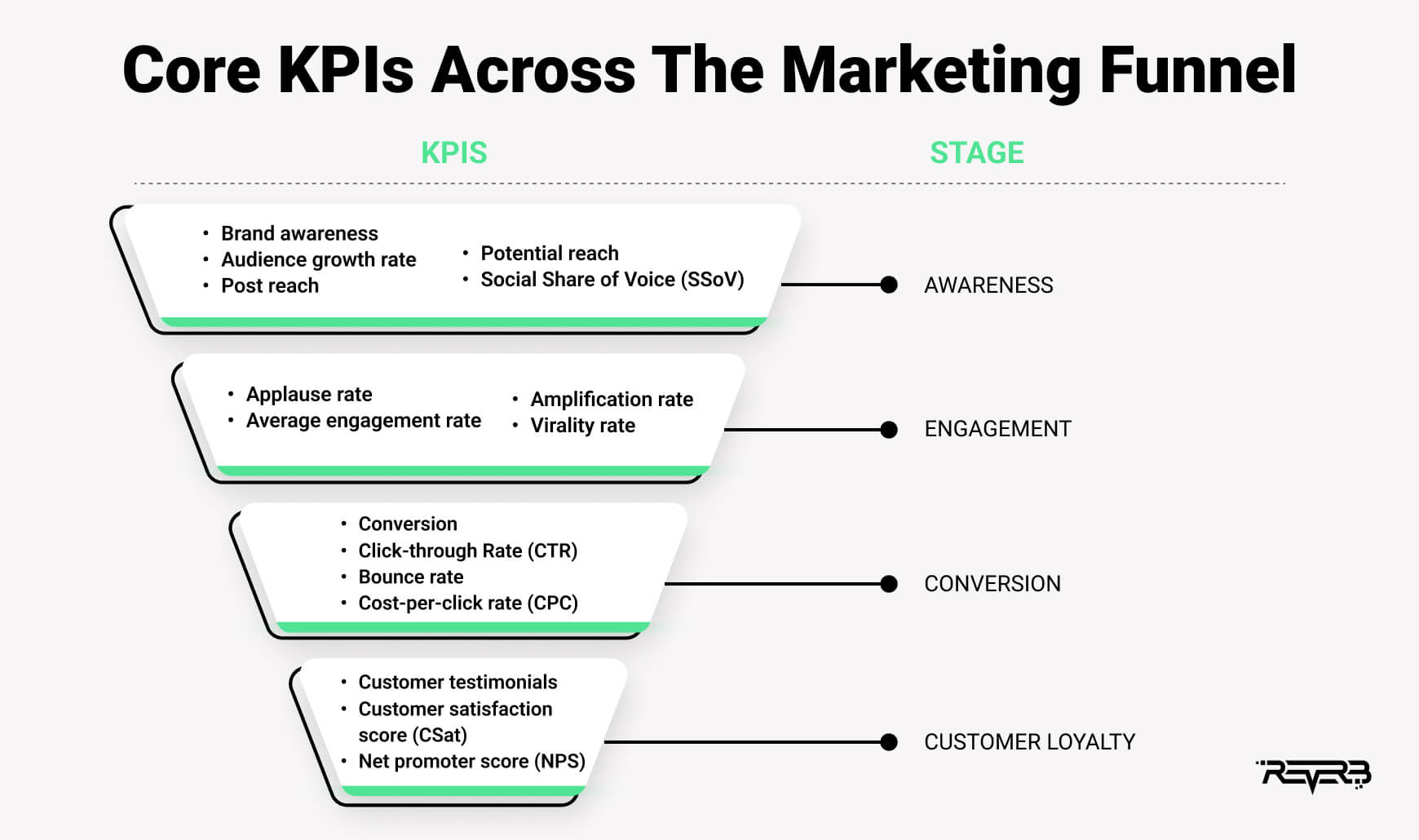Every business firm wants to stand apart from the others and is searching for ways to do so.
Organizations recognize that an efficient sales territory management plan is vital to minimize turmoil and wasted time from sales representatives’ overlaps.
With well-defined areas, you may devise tactics so salespeople don’t compete for the same prospects or contact them repeatedly. By using an efficient sales territory management plan, you end up saving finances as well as your valuable time.
What Is The Meaning Of Sales Territory Management?
Sales territory management is the optimization and enhancement of sales regions on an ongoing basis. The objective is to optimize the utilization of existing resources to boost sales productivity.
Periodically, you must assess your sales regions because the market is constantly changing. Shifting areas in response to changes is necessary. Therefore, sales territory management is a continual effort, not a one-time exercise.
Historically, a sales territory strategy was based on geography, and sales representatives focused solely on prospects in a particular region. Today, though, things are entirely different. Today, you can target leads based on various factors, including industry, business size, transaction likelihood, and more. It is considered superior to relying just on geography.
Why Do Businesses Need A Plan For Managing Sales Territories?
Regardless of their size, organizations must have a sales territory strategy for the following reasons.
1. It targets opportunities, industries, and customers
Instead of targeting prospects based on their geography, separate them by industry, business size, kind of business, and other characteristics. It lets you focus on clients’ demands and target prospects with a greater propensity to buy your product or service.
2. It links sales teams with prospective clients
Not all sales representatives are alike. Everyone has their strengths. Some sales representatives may have extensive expertise in selling to a specific demographic, while others may have extensive industry knowledge. You may make this work to your advantage through collaboration. When sales representatives are aligned with the individual demands of prospects, it is feasible to close more agreements effectively.
3. It allows you to create attainable objectives, monitor success, and adapt your strategy
Setting achievable sales objectives is critical. Keeping track of your goals and knowing what’s working and what’s not is also crucial. When you monitor your progress, you can make adjustments to areas you believe require extra effort.
4. It permits you to devote additional time to sales
With a clear plan, the sales staff may focus on high-probability buyers. When you understand your consumers and their difficulties, you can assist them in achieving their goals, therefore increasing your sales.
How To Develop An Effective Sales Territory Management Strategy?
Here are six steps to creating an effective sales territory management plan.
Step 1: Classify your consumers
To market your service or product to individuals, you must first gather information about them.
To know about them, it is necessary to connect with them through interviews, questionnaires, and personal contact with frontline personnel.
To remain organized, creating buyer personas and classifying your consumers is vital. It is feasible to do so based on the target audience’s geographic location, demographic, psychographic, and behavioral characteristics.

After categorizing your audience and clients, it is crucial to discover as much as possible about them. Your sales team can then design a sales territory management strategy relatively easily.
Step 2: Conduct a SWOT evaluation
After segmenting customers, undertake a SWOT analysis. SWOT analysis can help develop a business strategy for any size company.
SWOT abbreviates strengths, weaknesses, opportunities, and threats. The assessment reveals the company’s strengths, flaws, prospects, and hazards that help you grow your business.

Your strengths set you apart. Determine your team’s and salespeople’s strengths. Once you know each person’s strengths, assign them to regions.
Once you know your team’s greatest strength, you can improve it to achieve more.
For example, your company’s strength may be a unique sales process.
They’re areas where your sales team must develop to compete. Your team and sales process may have issues.
Determine why prospects abandon a sales stage. If you want to increase conversion rates, fix a problem.
We miss opportunities everywhere. Usually, you learn when a new technology or competition appears. Unexplored markets and underserved customers are examples.
Threats lower a company’s revenue. Each sales zone’s most critical threats must be identified and countered.
Same-market competitors or new industry rules are other examples.
SWOT analyzes your market position. It will present you with a new outlook on your business and help you make strategies.
Step 3: Establish objectives and help your group comprehend them
Your company needs a plan to follow. Your company’s strategic strategy outlines its past and future. Building a territory management plan requires keeping your team on the same page with the company’s mission, strategy, and objectives. Your personnel must know them well.
Ask everyone in your company and research to determine the best territory planning technique. You must build a quantitative plan to meet your sales goals.
Every plan needs these elements:
1. Goal statement – it should contain your targeted outcomes.
2. Milestones and deadlines – Splitting a goal into smaller milestones may make the road more manageable.
3. Success metrics – Measuring results might help you assess if organizational goals are accomplished. You’d know where you are and how far to go.

Your goals must be attainable to take your firm to the next level.
Step 4: Develop a sales strategy
Sales regions have internal and external sales. Inside sales are for SMBs and mid-markets, and outer sales are for corporations.
Cold outreach, like cold calls and cold emails, is essential to a successful sales plan. Cold emails and calls are effective outreach methods for scheduling meetings with decision-makers.
The sales development and marketing staff would maintain an entire pipeline. Account executives might then display product attributes to close deals.
Inside sales teams use sales automation systems to facilitate cold outreach and prospect follow-up.
Consider involving field representatives in the sales plan since their input is vital.
Most of the time is spent phoning, emailing, and booking appointments. You can determine how much time and money each option requires.
Plan trips in advance so you can determine the trip route based on booked meetings and save money on travel.
Step 5: Identify and designate sales regions
Reduce the chance of overlap by correctly assigning territory. However, before allocating them, you must determine how to identify them.
Here’s how to identify and split sales territories:
a. Geographical studies
It is usual practice to split regions depending on their physical location. Additionally, this ensures that there is no overlap. However, the difficulty is that it is challenging to separate geographic boundaries since doing so would result in some inequity.
For instance, if a sales representative is assigned a region in a different time zone, they will be required to call prospects at odd hours and drive further distances.
b. The size of the business
It makes sense to separate areas according to the size of the prospect’s business. The more seasoned representatives with a proven track record may take on the more comprehensive agreements, while the inexperienced can choose the smaller clients.
However, even this ostensibly simple method of dividing regions has flaws because it is difficult to precisely determine an organization’s size. Occasionally, you have no idea when a tiny firm acquires other businesses and develops suddenly. Similarly, a firm might sell a portion of its assets and shrink its size abruptly. Obtaining precise and up-to-date information regarding a company’s size is costly and does not ensure accuracy.
c. Industry
The industry is another method for assigning territory among sales representatives. It is effective because it forces sales representatives to specialize in the allocated expertise. When given a particular industry, they will try to research it in-depth to establish a solid rapport with prospects, appear honest, and overcome objections from prospects.
Splitting regions can also backfire for businesses with many industrial categories. Thus, numerous niches might exist inside a single organization.
d. Alphabetical
It seems fair to divide territory alphabetically since it provides everyone an equal opportunity. However, the most significant disadvantage of this territory assignment strategy is that your salespeople cannot specialize in any industry. As they sell to several sectors of varying sizes, they cannot hone their expertise.
Guidelines for dividing regions
When designing sales regions, you should consider the sales staff’s abilities, interests, and working styles. Determine which team or representative exactly matches the territory’s desired demographics.
For instance, if a sales representative has expertise selling in a specific area, ensure that they have more opportunities to do so when assigning them a territory.
Place a representative who performs well under pressure in an area with a large market and many prospects to manage.
Therefore, it is mainly about the competencies and skills of sales representatives.
Step 6: Implement resource allocation and track performance
After finalizing your approach, implement it. Schedule a sales meeting and tell the others. Explain how the plan connects with the company’s vision. It is best to get input from representatives.
It is advisable to establish short-term objectives to express expectations to representatives. You must monitor your sales representatives’ regional performance metrics to see what’s working and what needs improvement. As there is always a loophole, your method may not work as intended; thus, you must routinely review your representatives’ performance.
It’s OK to adjust after installation. Indicate when you’ll review and change sales areas. Encourage the representatives to ask questions and do well.
Conclusion
A sales territory management plan helps manage sales regions. You will not miss out on sales chances because your sales representatives are too busy. From the perspective of sales representatives, they would be adequately active. Having a sales territory plan appears to be a win-win circumstance.








